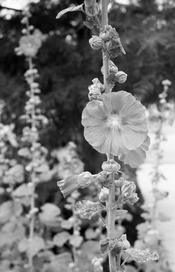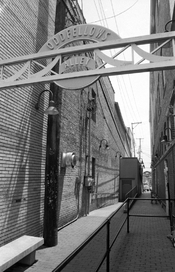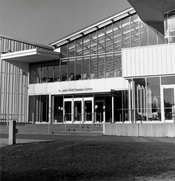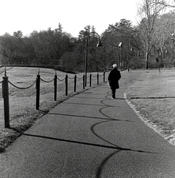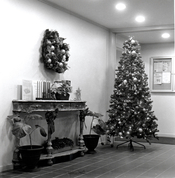These qualities are why this simplest of all developers is still around after about a hundred years. Especially when used diluted, it's highly compensating (not quite as much as Pyrocat, but much more so than most other of its contemporaries), and with extended development and reduced agitation can get back most of the speed it loses compared to the standard D-76 while maintaining or even improving its compensating quality.
Even better, if you make up the replenisher and use it replenished (at stock strength, of course) it can be very cheap to use; the only extra chemical in the replenisher (DK-25R) is sodium metaborate, which can be made in process from laundry borax and lye drain opener (much more cheaply than buying metaborate from a supplier like DigitalTruth). John Finch has another video aimed specifically at how to use D-23 in replenishment. I've used it this way; it produces nice negatives and a liter of D-23 will last about 20+ rolls before you run out of the recommended amount of replenisher and need to discard all but 250 ml of the stock solution and top up with fresh stock and start a fresh batch of replenisher.
View attachment 358475
Anniversary Speed Graphic, 150 mm Componon, .EDU Ultra 400, D-23 replenished stock.








